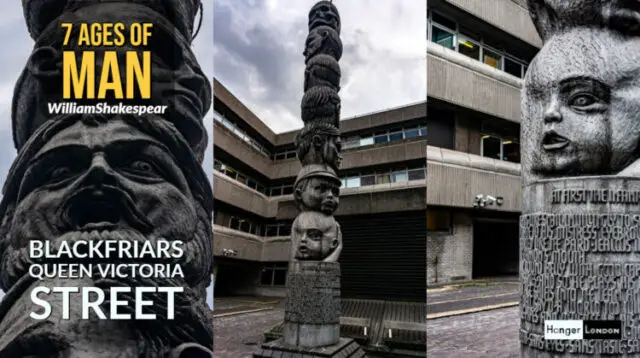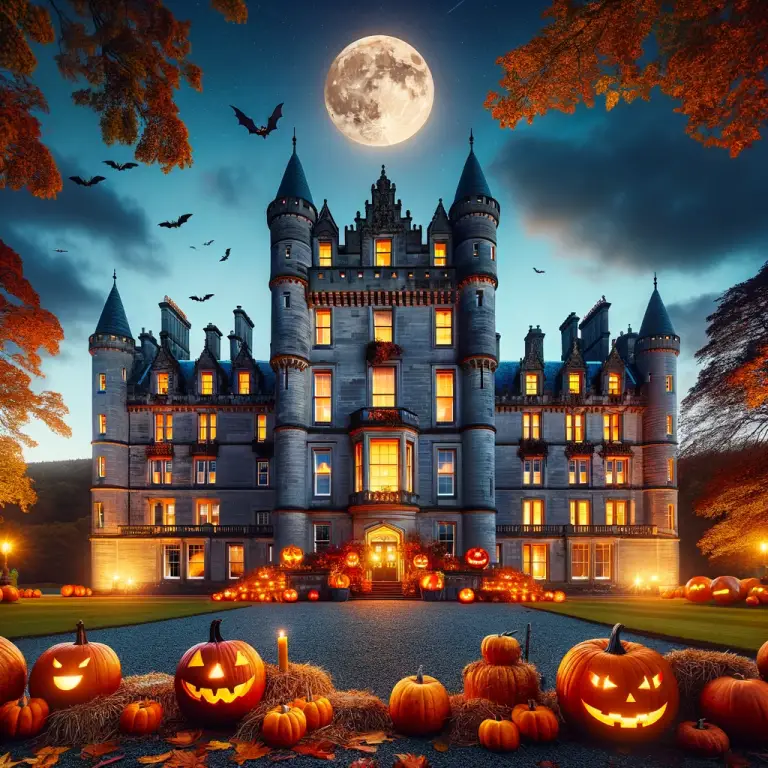The Seven Ages of Man totem is a powerful and thought-provoking work of art that reminds us of the timeless nature of human existence. Created by Richard Kindersley for the Post Office in 1980, it has become a landmark in the Blackfriars area of London and a symbol of the enduring human spirit. As we gaze upon its towering form, we are reminded of the fleeting nature of life and the importance of cherishing every moment we have.
“The Seven Ages of Man” is a monologue from William Shakespeare’s play “As You Like It,” in which the character Jacques reflects on the different stages of human life. The monologue describes seven ages that a person goes through during their lifetime, each with its own unique characteristics and challenges.
The seven ages are:
- Infant: This stage represents a newborn baby who is entirely dependent on others for care and survival.
- Schoolboy: The schoolboy stage represents a child between the ages of six and twelve who attends school and learns important life lessons.
- Lover: The lover stage represents a young adult who experiences the joys and sorrows of romantic love.
- Soldier: The soldier stage represents a person who has matured and takes on responsibilities, such as serving their country or community.
- Justice: The justice stage represents a person who has gained wisdom and experience and becomes a respected member of society.
- Pantalone: The Pantalone stage represents a person who has reached old age and faces the physical and mental challenges that come with it.
- Second childhood: The second childhood stage represents a person who has become frail and dependent on others once again, as in infancy.
All The World’s a Stage
The phrase “All the world’s a stage” is also from “As You Like It” and is spoken by the same character, Jacques. It suggests that life is like a play, and each person plays a role in it. The idea is that just as actors have different parts to play on stage, people have different roles to play in life, and they go through different stages as they perform these roles.
22-foot high cast aluminum Sculpture by Richard Kindersley, Blackfriars
The Seven ages of man is the inspiration for this 22-foot high cast aluminum Sculpture by Richard Kindersley, located on Queen Victoria Street, Blackfriars.
According to this scene in Shakespeare’s play, life for mankind evolves through seven distinct stages, or 7 acts, from infancy to old age. Richard Kindersley’s totem sculpture depicts this journey starting at the bottom with infancy. As you journey up the column, the infant becomes the boy and then matures through the stages of adulthood. Man essentially plays seven parts in his lifetime, may leave his mark, and leaves this earth.
The Post office commissioned the sculpture in 1980 for its Baynard House building, located in Blackfriars London. The sculpture depicts the 7 stages of mankind, as depicted by William Shakespeare in the comedy play ‘All the world’s a stage’, ‘As You Like It’, Act 2 Scene 7. the life cycle of life.
Shakespeare’s Connection with Blackfriars?
It is not too clear why Shakespeare’s seven stages of man became the inspiration for this statue for the post office building in Blackfriars. There is a link between Shakespeare and Blackfriars, the Blackfriars Theatre where many of Shakespeare’s plays were performed. Blackfriars is an area of the city, which was named after the Dominican priory that once stood there.
What is the Moral of the seven ages of Man?
The realisation that nothing in life is permanent and to accept that we are all on this journey of life from the cradle to the grave, life is temporary and death is inevitable. In the broader or more modern context, life is what you make of it, you are only here for a finite time.
When you grow up you will have different things that happen in your life that will change who you are later in life.
What are Shakespeare’s seven stages of man?
Stage 1 Infancy
The helpless baby, the very beginning, where nothing is known

At first the infant,
Jacques monologue act 2, scene 7
Mewling and puking in the nurse’s arms;
Stage 2 Schoolboy
The formal education phase begins, and the journey from boy to man really begins
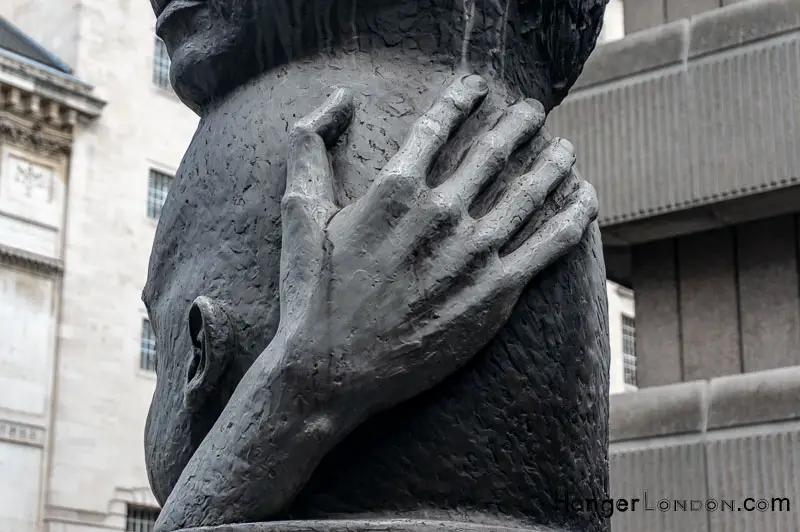
The whining schoolboy, with his satchel
And shining morning face, creeping like snail
Unwillingly to school.
Stage 3 Teenager
Growing into adulthood
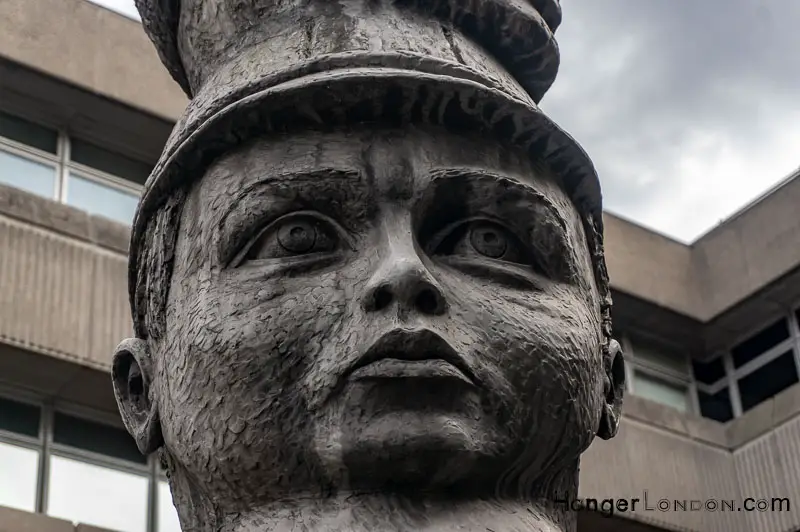
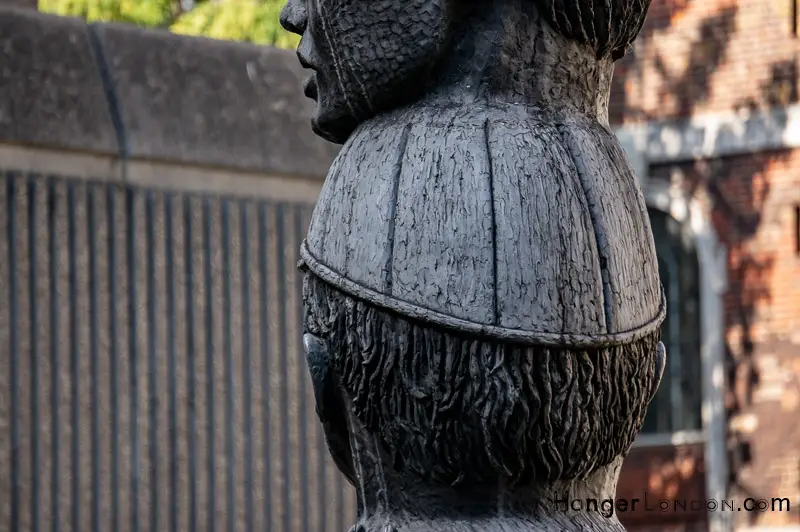
The lover, sighing like a furnace with a woeful ballad
Stage 4 Young man
The bold and fearless soldier, a risk-taker and defined growth, and then the lover,
Sighing like a furnace, with a woeful ballad
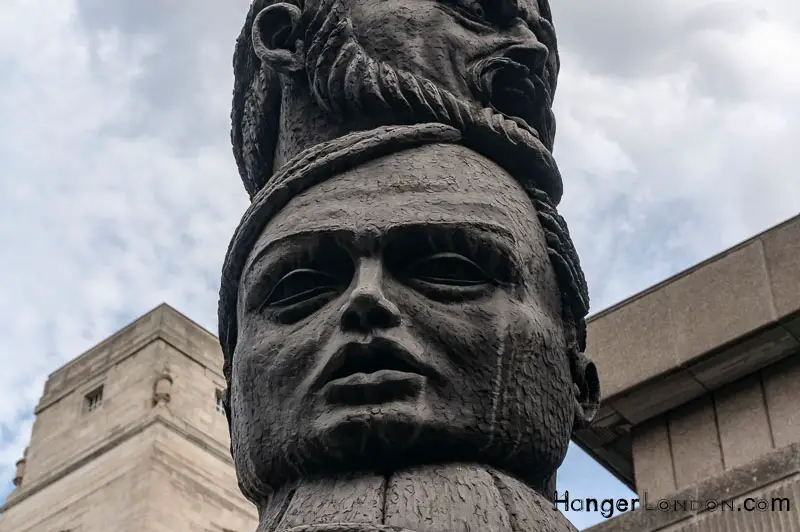
Then a soldier,
Full of strange oaths and bearded like the pard,
Jealous in honour, sudden and quick in quarrel,
Seeking the bubble reputation
Even in the cannon’s mouth,

Stage 5 Middle-aged
The wise and experienced adult, making a name for himself, prosperous and respected, enjoys the finer things of life, like good food.
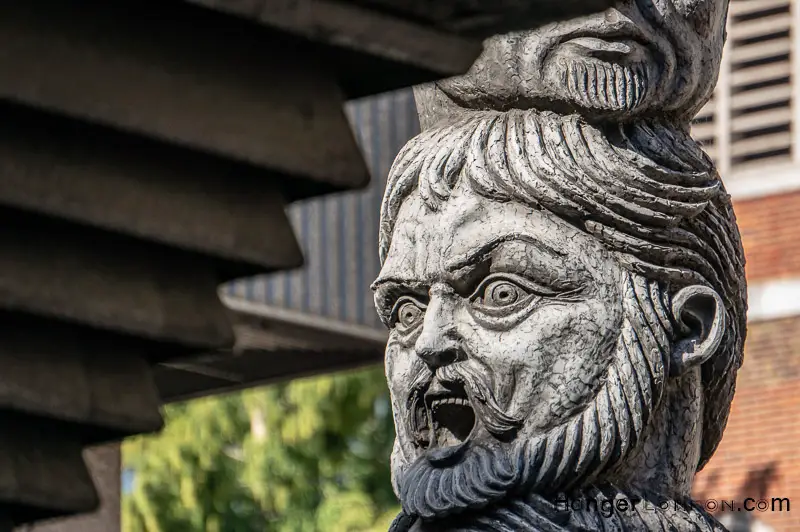
And then the justice,
In fair round belly with good capon lined,
With eyes severe and a beard of formal cut,
Full of wise saws and modern instances;
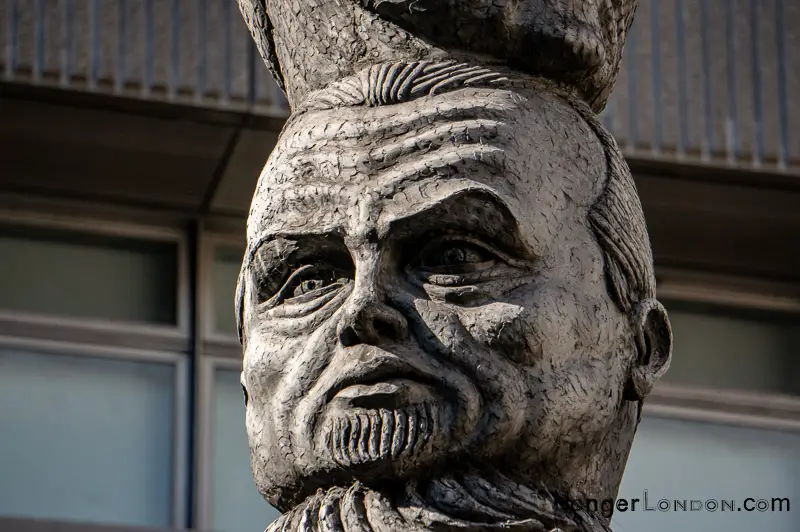
And so he plays his part. The sixth age shifts
Into the lean and slippered pantaloon,
With spectacles on the nose and a pouch on the side;
Stage 6 Old Man
The look and behaviour of an old man, less influential
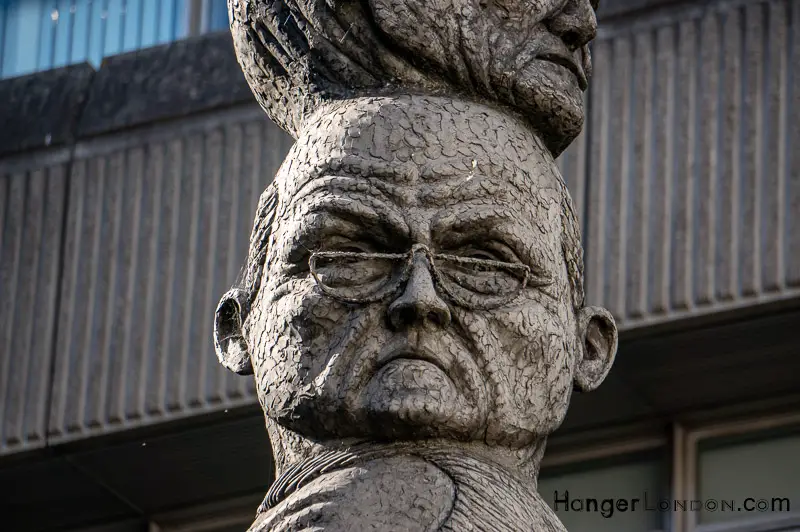
His youthful hose, well sav’d, a world too wide
For his shrunk shank; and his big manly voice,
Turning again toward childish treble, pipes
And whistles in his sound.

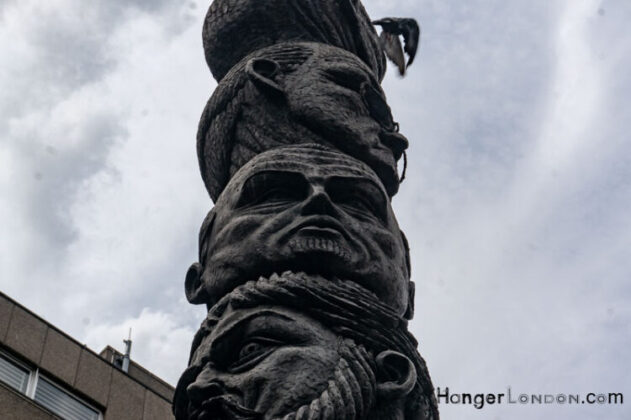
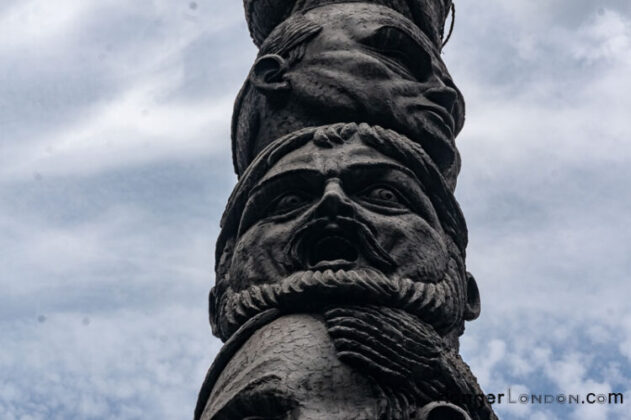
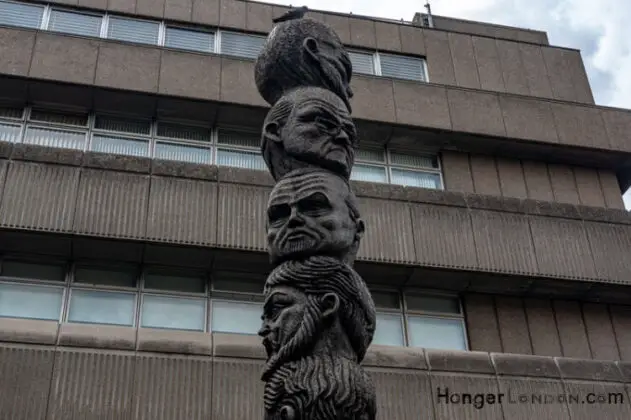
Last scene of all,
That ends this strange eventful history,
Is second childishness and mere oblivion;
Sans teeth, sans eyes, sans taste, sans everything.
by William Shakespeare 1564–1616
Stage 7 Dotage and death
The end cycle, mind, and health decline
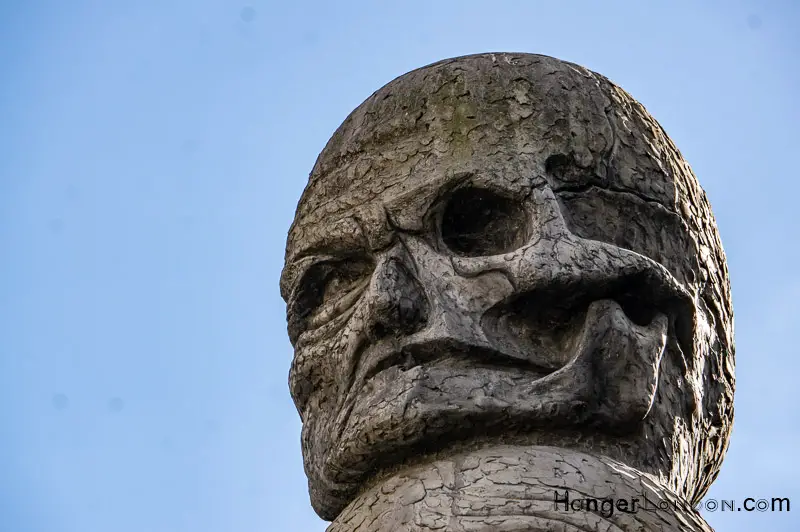
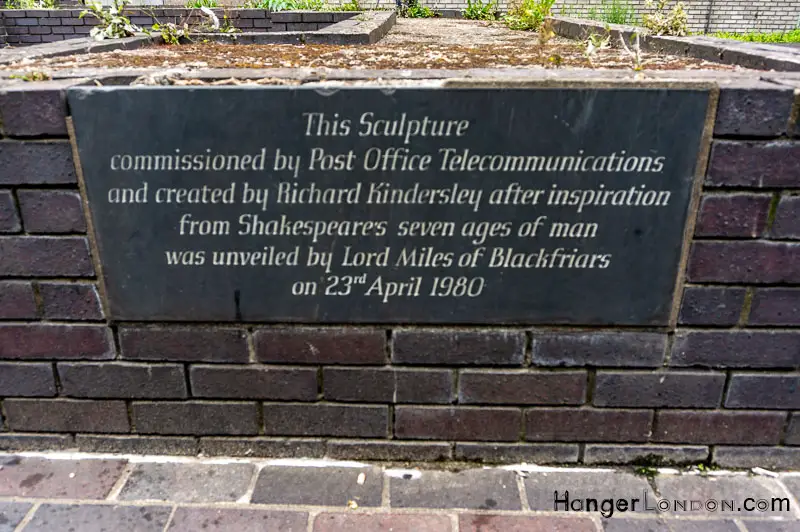
Inspirations of the seven ages of man
The 7 ages of man, mirror the 7 deadly sins. Juvenal the Roman poet wrote about the whole of Greece as a stage and every Greek actor. The Play Damon and Pythias written around 1564 by Richard Edwards, referred to the world as a stage and people playing their parts. But there are more connections between the Latin words quod fere totus Mundus exercet histrionem – mean ” because almost the whole world are actors.” It was a 12th-century saying. It was on a sign at Shakespeare’s Globe theatre and also has a connection to the Roman courtier Petronius.
The seven ages of Man depicted in oils
King Henry the V had a tapestry with the 7 ages of man. An artist by the name of Smirke painted a series of paintings based on the seven ages of man 1798-1801. They comprised the Infant, Schoolboy, Lover, Soldier, Justice, Pantaloon, and Old Age In 1838 another painting by William Mulready.
Baynard House
The Seven Ages of Man Totem pole sculpture is in the courtyard of Baynard House, owned by BT Group. William Holford’s Brutalist-designed building stands 3 stories tall, the height dictated by legislation that protects the sightline of St Pauls Cathedral from certain directions on the compass. It derives the Building’s name from Baynard Castle, which once occupied the site. The name also lends itself to the ‘Castle Baynard Ward’. Baynard house was also the film location for Mission Impossible 6
The seven ages of man sculpture are made of Cast Aluminium
Sculpturer Richard Kindersley made the 7 meters tall Seven Ages of Man sculpture out of cast Aluminium. The usual process for sculpturing in metal is by way of building a model, pouring in more molten metal than you need into the mold.
“All the World’s A Stage”, the beginning of Shakespeare’s’ monologue in his play “As you like it”.
‘All the world’s a stage’, by William Shakespeare
And all the men and women merely players;
They have their exits and their entrances;
And one man in his time plays many parts,
His acts being seven ages. At first the infant,
Mewling and puking in the nurse’s arms;
And then the whining school-boy, with his satchel
And shining morning face, creeping like snail
Unwillingly to school.
The Four Ages of Man
The Roman poet Ovid describes the Four Ages of man, Gold, Silver, Bronze, and Iron. A belief in the theory of evolution. Perhaps unlike Shakespeare’s seven ages of man, Ovid describes the four stages of mankind.
The Golden age is one where people lived in peace and blissful harmony with nature. The earth provided everything we ever needed, a state of ideal utopia.
The Silver age, the creation of the 4 seasons, the evolution of agriculture, and the need to work to survive. The need to seek and build a shelter in winter to survive until summer.
The Bronze age brought men to arms
The Iron Age brought the cycle of evil, greed, and corruption, and all things went wrong. The world was a stage of murder and mayhem.
All quite dramatic, the names also relate to metals and are recognised today as periods of times of mankind
- Golden Age 1710 to 1674 BC
- Silver Age 1674 to 1628 BC
- Bronze Age 1628 to 1472 BC
- Heroic Age 1460 to 1103 BC
Location
We can find it on Queen Victoria Street on the way towards Blackfriars.

